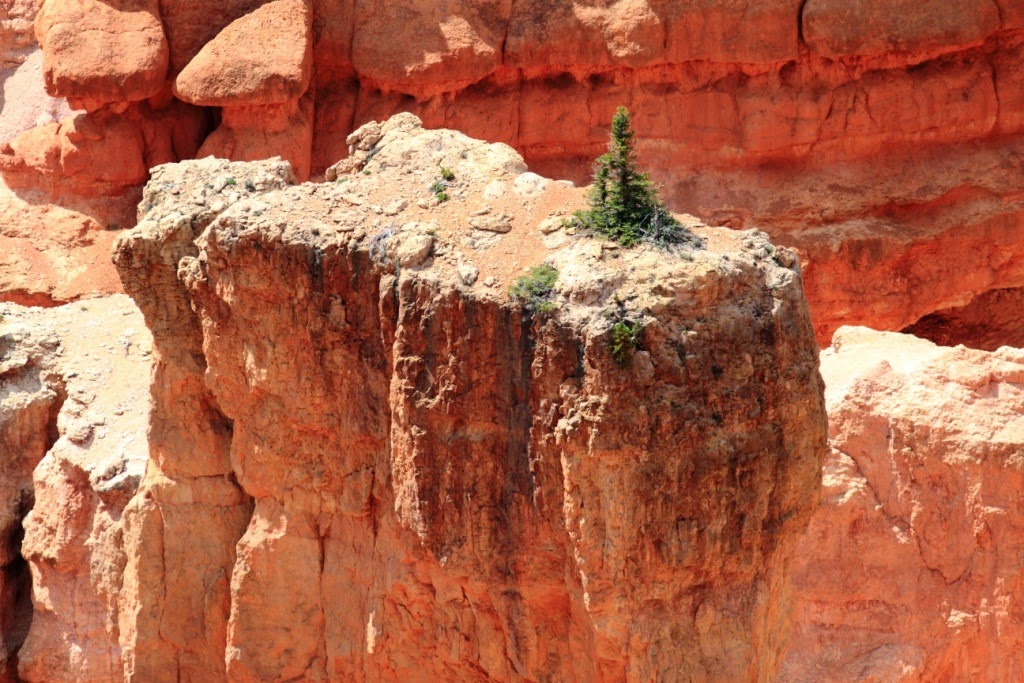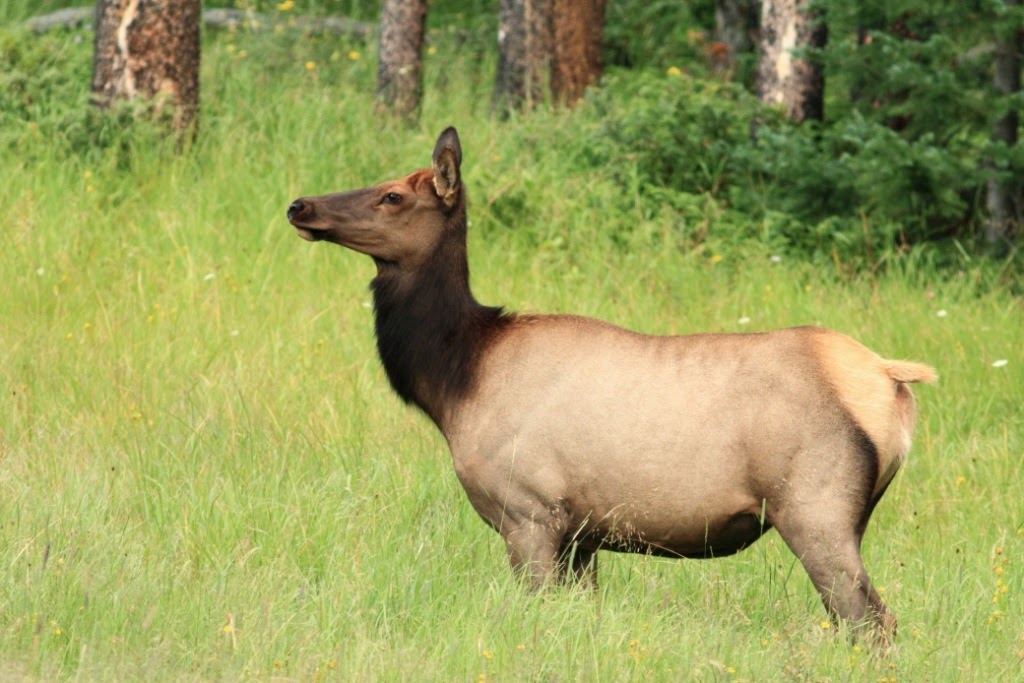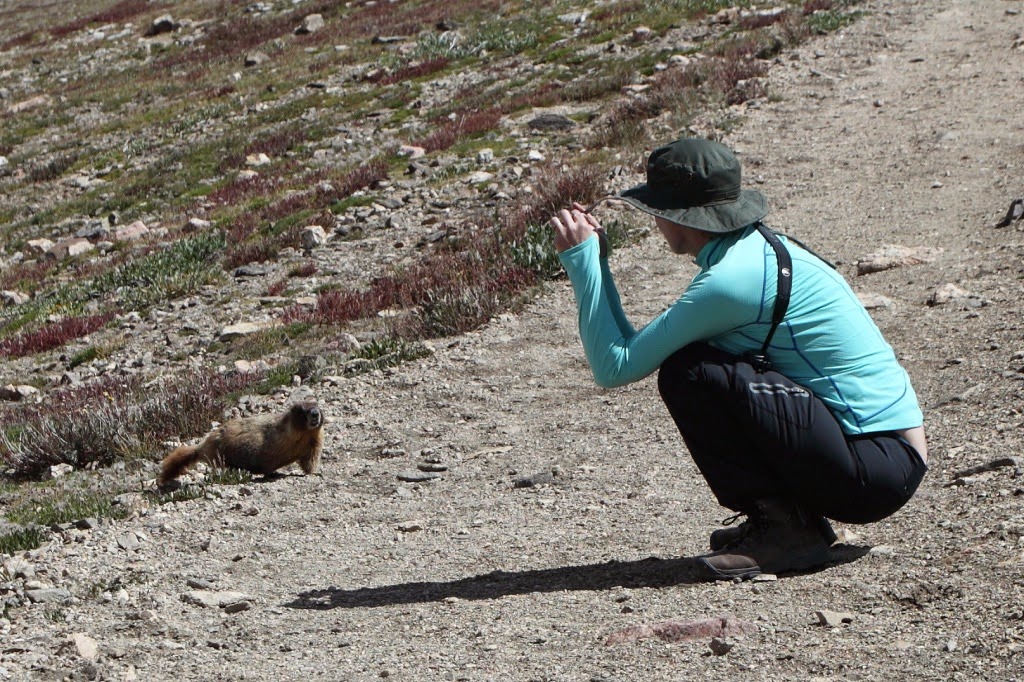Rocky Mountain National Park is geographically close to Denver but, with the serpentine road quality, it takes a long time to get there. It took us an hour to finally hook up with Interstate 25. The traffic was heavy and, like all North American drivers, the Denver crowd tailgates way too much. However, they merge and exit smoothly so we powered through Denver with minimal difficulty.
Well, Emma did "red line" a couple of times but that is par for the course whenever we go through a big city. As usual I pointed out the highlights as we passed them. Mile High Stadium looked particularly impressive as we sailed by but Emma was not in the mood to converse about the merits of sports architecture.
The drive south from Denver was most enjoyable. The terrain was rolling prairie to the east with the Rocky Mountains standing high and stately to the west.
We decided to visit Great Sand Dunes National Park as it was relatively close on our way to Dallas. At Walsenburg, we turned west on Highway 160 and the road rose steadily into the Sangre de Christo Mountains.
We drove for most of the day and arrived at Great Sand Dunes National Park in the early evening.
This park has a special and magnificent ecosystem with prairie to the south and giant sand dunes at the base of the Sangre de Christo Mountains
Prairie South of the Sand Dunes
We were in luck and got the last site at the Pinyon Flats Campground. Good thing or we would have had to back out of the park for miles.
We quickly geared up and went for an evening hike onto the wind-swept sand dunes.
Sand dunes in the foreground with the Sangre de Christo Mountains rising in the background
Wind Ripples on Sand Dunes
Sand Dunes
At the bottom of some gullies, there were hearty plants trying to survive within the shifting sands of the dunes.
Sand Dunes and Sangre de Christo Mountains
Dusk over the Sand Dunes
As the sun was setting, we played and scrambled up several sand dunes. It was good fun and hard work striding through the sliding sand. After dark, we wandered under the stars back to our campsite.
It was a beautiful morning as we arose to explore this unique ecosystem.
The mountain streams carry sandy sediment down the slopes of the Sangre de Christo Mountains and deposit it in the prairie below. Prevailing winds from the west blow the sand back toward the mountains but winds from the east pile up the sand as it approaches the mountains.Streams from the mountains carry the sand back to the prairie and the cycle repeats. Way cool.
To get a nice perspective on this ecosystem, we took the Dune Overlook Trail. From the campground, we hiked up the gently rising foothills of the Sangre de Christo Mountains
The open trail wound through sage meadows and around short juniper bushes and pinyon pine trees.
Many flowers were in bloom and we were particularly impressed by the flowering cacti.
Hoary Aster
Prickly Pear Cactus
Prickly Pear Cactus in Bloom
Bee Pollinating a Prickly Pear Cactus
We ate lunch while overlooking the giant sand dunes.
On completing our hike, we packed up and drove down to the nearby visitor centre. The nature trail beside the visitor centre provided excellent views of the sand dunes and mountains.
It was inspiring to watch the visual interplay among the sand dunes, mountains and clouds.
The sand dunes kept changing colour like a moving patchwork quilt. The sand dunes seemed to shift as the sun's rays filtered through the clouds.
From a distance, the sand dunes don't look that big but as you get closer they tower hundreds of feet above your head.
The expanse of the sand dunes also surprises you and really registers when you try to walk through them.
We would have liked to spend another day or two at this national park but time was pressing. We needed to get back to Dallas and fly home to Vancouver.
One final look at this unique landscape before we headed south.
The rolling prairie continued along the I25 all the way to the New Mexico border. From there we encountered a minor mountain range then turned east on Highway 56 at Springer.
The terrain opened onto rolling green prairie that steadily became flatter. Time flew by on this open empty highway, in large part, because Emma was reading aloud a great book called "Merle's Door". The tranquil story about the life of a man and his dog combined with Emma's enthusiastic reading voice made for a wonderful driving experience. Unfortunately, toward the end of the book the dog died and Emma was too overcome by emotions to continue reading the story. She shifted to another book where an autistic child was trying to solve the murder of his neighbor's dog.
At dusk, we saw two 63) Swainson's Hawks, before arriving, after dark, at an RV campground in Dalhart Texas.
August 26
It was a typical hot Texas day as we drove through northwest Texas. Emma was getting into visiting national parks and monuments. She encouraged me to side-track to the nearby Alibates Flint Quarries National Monument. It was of historical significance to the Native American tribes as it was an ancient location to mine flint.
It took us several tries to find the Monument as it was not well marked. When we got there the staff was surprised to see us as they don't get many visitors. Suffice to say some National Monuments are more impressive and welcoming than others.
We drove all day and stayed the night at Quanah. This town is named after the last great warrior chief of the Comanche Nation.
August 27/28
After another long travel day we arrived at the Denton Camping World and bought a cover for the RV. By late afternoon, we had the RV parked in storage with the new cover protecting it from the sun.
We saw three"lifer" birds on this trip while visiting eight national parks and four national monuments.























































































































